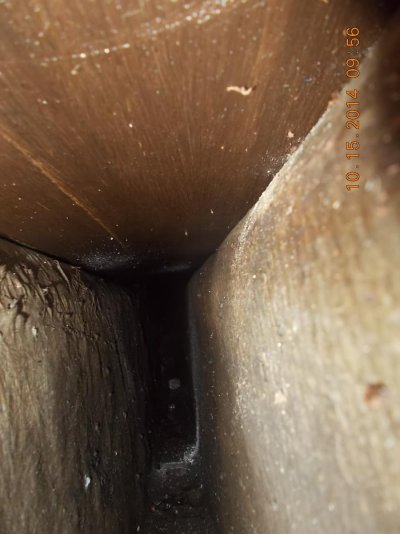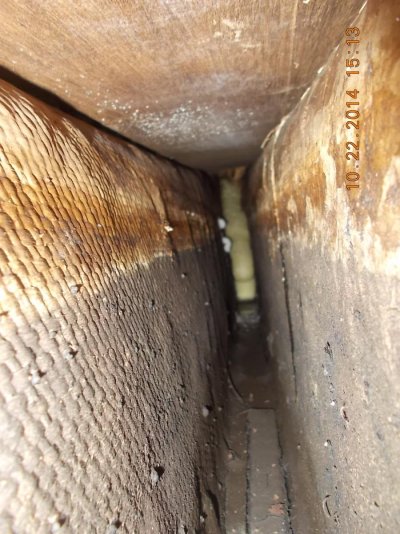mrtrawlerguy
Newbie
I own an 1986 Ocean Yachts Neptune. I has a dry bilge. I have noticed a couple of "holes" about the size of a quarter in the bilge over the keel. Since they were dry I had not paid much attention to them.
I recently had to replace the hot water tank and so there was a fair amount of water in the bilge. I pumped it all out and dried the bilge; however I noticed that one of the holes was weeping water. It did not taste of salt but had a strange smell like antifreeze etc. It keep weeping so I decided to put my wet/dry vacuum over the whole and let it run for an hour. I drew out about a gallon of smelly water. All the while the rest of the bilge is dry.
What are these holes for and where is the water coming from. The keel is not bolted on but is part of the fiberglass hull.
Any answers to this would be very much appreciated.
I recently had to replace the hot water tank and so there was a fair amount of water in the bilge. I pumped it all out and dried the bilge; however I noticed that one of the holes was weeping water. It did not taste of salt but had a strange smell like antifreeze etc. It keep weeping so I decided to put my wet/dry vacuum over the whole and let it run for an hour. I drew out about a gallon of smelly water. All the while the rest of the bilge is dry.
What are these holes for and where is the water coming from. The keel is not bolted on but is part of the fiberglass hull.
Any answers to this would be very much appreciated.





